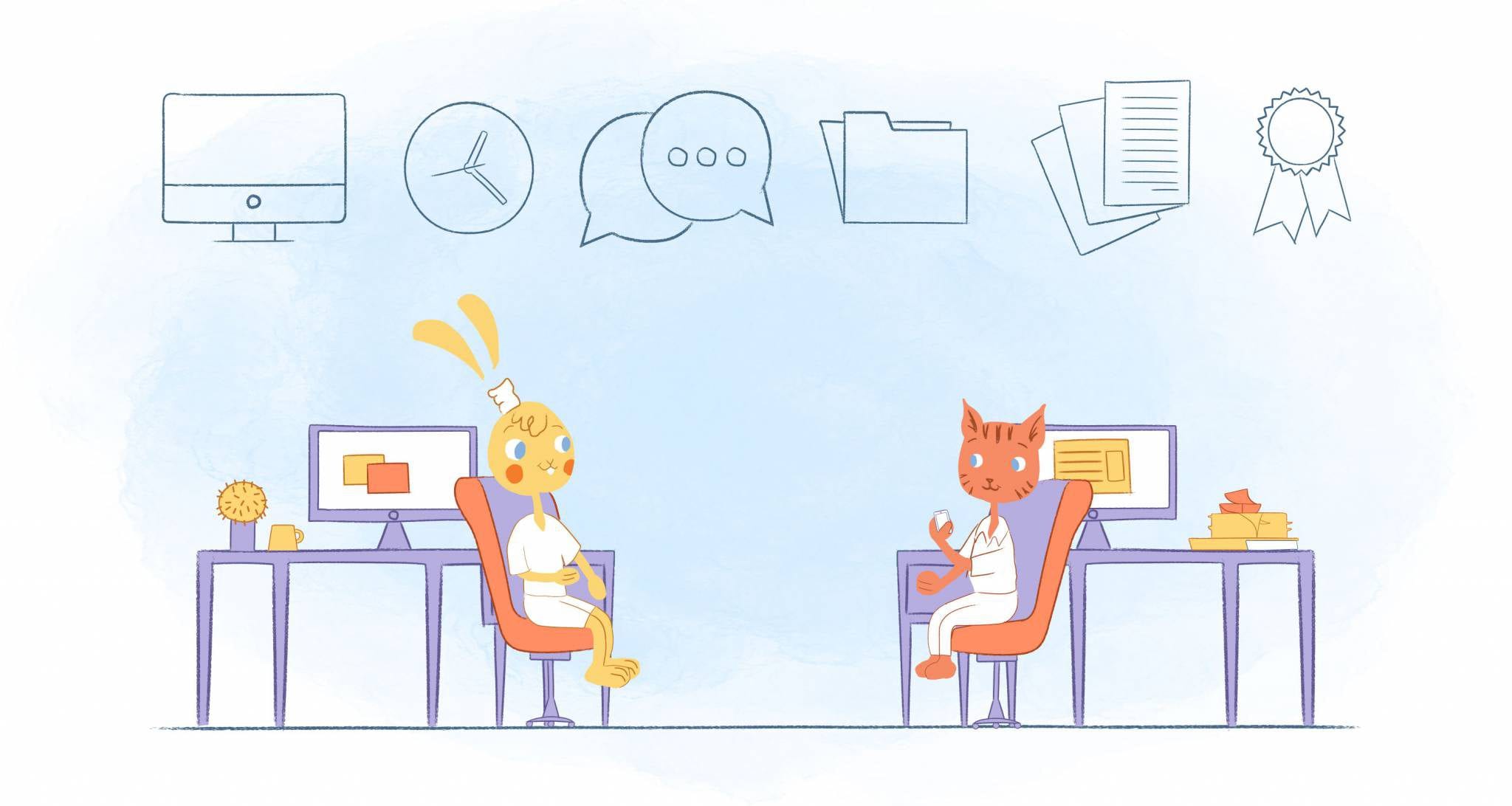

What is the most important ingredient in a successful webinar, and how will you spice up yours? If you really want to be a downer — call your exciting, fun, online learning event — a webinar.
Somehow we’ve learned along the way that work should be just that — work — and that having pleasure is somehow incompatible with getting everything done at work. Fun, especially at work, is frivolous and unprofessional, according to some. As a result, even having fun working makes it unsuitable for serious business people.
What’s the attendance rate at fabulous online learning events like?
The majority of webinars are uninteresting. When was the last time you went to a webinar that made you feel energized, successful, and ready to up your productivity game? You’re likely more inclined to call your webinar uninteresting. Here are a couple more webinar adjectives: Bland. Beige. Boring — and boredom is like poison — it deteriorates mental health and learning, according to scientists.
Boredom is an abnormal condition for the brain; thus, any activity that keeps you from being bored is healthy.
Why are webinars so uninteresting?
Webinars don’t seem to be all that different from previous online meetings, for starters. We can go from a team meeting to a learning webinar and have the same experience.
Webinar designers and presenters often don’t approach their job with a unique perspective; it’s simply another task on their to-do list. However, having a good time should be one of the host’s primary goals. Having fun while learning provides unique cognitive resources, correlates reward and pleasure with knowledge, and toggles abstract thought and concentrated attention — according to Cognition Today.
“People tend to forget the majority of webinars. Many are in the category of “forgotten” soon after you’ve attended them. Positive emotions extend our attention capacity and help us pull additional mental resources, and boost access to memory networks,” Cognition Today continues.
Most online presentations do not elicit favorable feelings and are not very engaging. These speakers, bosses, and assigned team members seem to have a bad attitude about attending their own event — and they aren’t enjoyable in the least.
However, having pleasure, social contact, and sensory engagement during a learning process increases neuronal alterations. That is to say, it stimulates numerous brain areas to store a high level of information throughout one event.
Why work harder?
Webinars can provide additional benefits. Inherently, the webinar presenter has to work much harder than in in-person learning programs, necessitating special consideration in their design and execution. They have to work harder because, by design, these presenters are to accommodate, even promote, distraction. But how much extra time and initiative would it take to make it a happy distraction?
When you’re in a room with other people, multitasking is less possible. Furthermore, there’s some social pressure to keep you from doing so. Multitasking seems to be a good notion while you’re sitting at home in front of your laptop or phone screen. And our do-it-all, busy-ness society makes it very difficult to resist distracting ourselves.
“A society that values productivity implies that grownups have less time to goof around,” writes Stuart Brown, a Stanford consulting professor in Johns Hopkins Magazine. “It’s a matter of public health. Although we may believe we are ultra-productive, just 2% of individuals can multitask well.”
But — during a webinar — you feel like multitasking in any way possible. “Where are my games? Can I watch a reel without being seen? And holy cannoli — I can’t take this meeting one more minute.”
So, if you’re the creator of webinars or you create and deliver webinars — what does all of this knowledge and neuroscience of learning data mean to you?
Pump up the JOY
If you want to provide something successful, you must blatantly pump up the joy, human connection, and interactivity. When you finally decide to engage your audience, you’ll distinguish yourself from your colleagues. You can spur your team and employees to greatness — and likely deposit a large sum of money into your brand bank account when you take the time to pump up the joy.
Here’s how to make your webinars unique and captivating
Make your stuff attractive.
Instead of words, consider images and video. Vary your material as much as possible, using statistics, ideas, thoughts, stories, and other elements. To engage both halves of the brain and make your material remember, tell tales. Make sure that 85 percent of your slides have no more than 15 words on them.
Use your slides as a teleprompter. To keep it lively, use animations and transitions.
Increase the humor.
“If you’re looking for indicators that you’re having fun, one of them could be laughing,” said Robert Provine, a neuroscientist and psychology professor at the University of Maryland. When was the last time you burst out laughing in the middle of a webinar? People will be delighted and hooked to your presentation if you use hilarious short films, Instagram reels, pertinent jokes, and exciting tales.
Create a sense of belonging.
Most professionals do not want to disappoint their coworkers. Participants are more likely to connect, support one another, and learn and develop as a team when the webinar leader is visionary. The leader allows the development of cohorts, groups, and partners. You also allow everyone to have a good time.
Throw in a breakout to assist in fostering a stronger cohesiveness and involvement with your team. Even a one-hour webinar may include one or two entertaining breakout sessions.
Boost interaction and engagement by increasing the number of people who interact with you.
When individuals are doing something rather than watching something, it is easier to hold their attention. Fill the webinar with competitions, polls, whiteboards, hand raising, Q&A, and other activities to keep people engaged. The more you change things up, the more interested your team will be. If you’re doing webinars for clients? Watch your customer retention stats for your services and predict what will happen next.
Increase the entertainment value of your presentation, and your audience will be hooked to your display, oblivious to even the most urgent email pings.
Featured Image Credit: Yan Krukov; Pexels; Thank you!











Angela Ruth
My name is Angela Ruth. I aim to help you learn how Calendar can help you manage your time, boost your productivity, and spend your days working on things that matter, both personally and professionally. Here's to improving all your calendars and becoming the person you are destined to become!